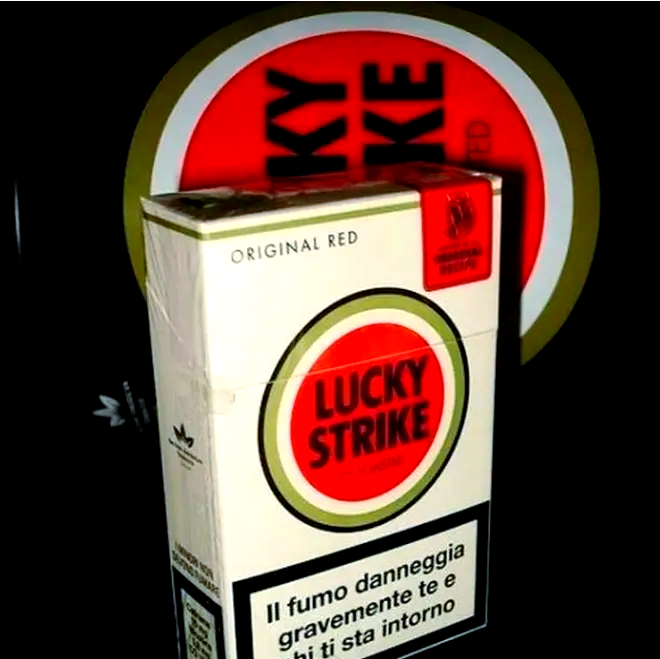Smoking Exacerbates Hemolytic Uremic Syndrome Thrombus Formation: Mechanisms and Clinical Implications
Introduction
Hemolytic Uremic Syndrome (HUS) is a rare but severe condition characterized by microangiopathic hemolytic anemia, thrombocytopenia, and acute kidney injury. A critical complication of HUS is the formation of microthrombi in small blood vessels, leading to tissue ischemia and organ dysfunction. Emerging evidence suggests that smoking significantly worsens thrombus formation in HUS patients by amplifying endothelial damage, oxidative stress, and prothrombotic pathways. This article explores the pathophysiological mechanisms linking smoking to aggravated thrombotic events in HUS and discusses clinical implications for patient management.
Pathophysiology of HUS and Thrombus Formation
HUS is primarily caused by endothelial injury, often triggered by Shiga toxin-producing Escherichia coli (STEC) or complement dysregulation in atypical HUS (aHUS). The damaged endothelium exposes subendothelial collagen and von Willebrand factor (vWF), promoting platelet adhesion and activation. Simultaneously, fibrin deposition and microthrombi obstruct small vessels, leading to hemolysis and organ damage.
Key mechanisms in HUS-related thrombosis include:
- Platelet activation and aggregation
- Complement system overactivation (in aHUS)
- Impaired fibrinolysis due to endothelial dysfunction
- Inflammatory cytokine release (e.g., TNF-α, IL-6)
How Smoking Exacerbates Thrombus Formation in HUS
1. Endothelial Dysfunction and Oxidative Stress
Smoking induces endothelial injury through multiple pathways:
- Nicotine increases vascular permeability and promotes leukocyte adhesion.
- Reactive oxygen species (ROS) from cigarette smoke reduce nitric oxide (NO) bioavailability, impairing vasodilation and increasing thrombogenicity.
- Carbon monoxide (CO) binds hemoglobin, reducing oxygen delivery and exacerbating tissue hypoxia.
In HUS, pre-existing endothelial damage is worsened by smoking, accelerating microthrombosis.
2. Enhanced Platelet Activation
Smoking heightens platelet reactivity through:
- Increased thromboxane A2 (TXA2) production, promoting platelet aggregation.
- Elevated fibrinogen levels, enhancing clot stability.
- Reduced prostacyclin, an antiplatelet mediator.
These effects synergize with HUS-induced platelet hyperactivity, increasing thrombotic risk.
3. Prothrombotic Shift in Coagulation
Smoking alters coagulation balance by:
- Upregulating tissue factor (TF) expression, triggering the extrinsic coagulation cascade.
- Decreasing protein C and antithrombin III, natural anticoagulants.
- Increasing plasma viscosity due to polycythemia from chronic hypoxia.
In HUS, these changes exacerbate microthrombi formation, worsening renal and systemic complications.
4. Complement System Dysregulation
In aHUS, uncontrolled complement activation (via alternative pathway) drives thrombotic microangiopathy. Smoking aggravates this by:
- Stimulating C-reactive protein (CRP), which activates complement.
- Promoting inflammatory cytokines that amplify endothelial injury.
Clinical Evidence Linking Smoking to Worse HUS Outcomes
Several studies support the detrimental effects of smoking in HUS:
- A 2018 cohort study found that smokers with STEC-HUS had higher dialysis dependence rates than non-smokers (Journal of Nephrology).
- Animal models show nicotine accelerates thrombus formation in toxin-induced endothelial injury (Thrombosis Research).
- Smokers with aHUS exhibit poorer response to eculizumab, a complement inhibitor, suggesting residual thrombotic risk (Kidney International Reports).
Management Strategies for Smokers with HUS
Given the synergistic harm of smoking and HUS, targeted interventions are crucial:
1. Smoking Cessation Programs
- Nicotine replacement therapy (NRT) or varenicline to reduce withdrawal effects.
- Behavioral counseling to address addiction triggers.
2. Antithrombotic and Antiplatelet Therapy
- Low-dose aspirin may mitigate platelet hyperactivity (caution in thrombocytopenia).
- Anticoagulants (e.g., heparin) in select cases, though bleeding risk must be monitored.
3. Complement Inhibition in aHUS
- Eculizumab or ravulizumab remain first-line but may require dose adjustments in smokers due to heightened thrombotic drive.
4. Antioxidant Supplementation
- Vitamin C and E to counteract oxidative stress (limited evidence, but theoretically beneficial).
Conclusion
Smoking significantly worsens thrombus formation in HUS by exacerbating endothelial injury, platelet activation, and prothrombotic shifts. Clinicians must prioritize smoking cessation alongside standard HUS therapies to improve outcomes. Further research is needed to refine antithrombotic strategies in this high-risk population.

Keywords: Hemolytic Uremic Syndrome, smoking, thrombosis, endothelial dysfunction, complement system, oxidative stress
Note: This article is for educational purposes and does not substitute professional medical advice.









